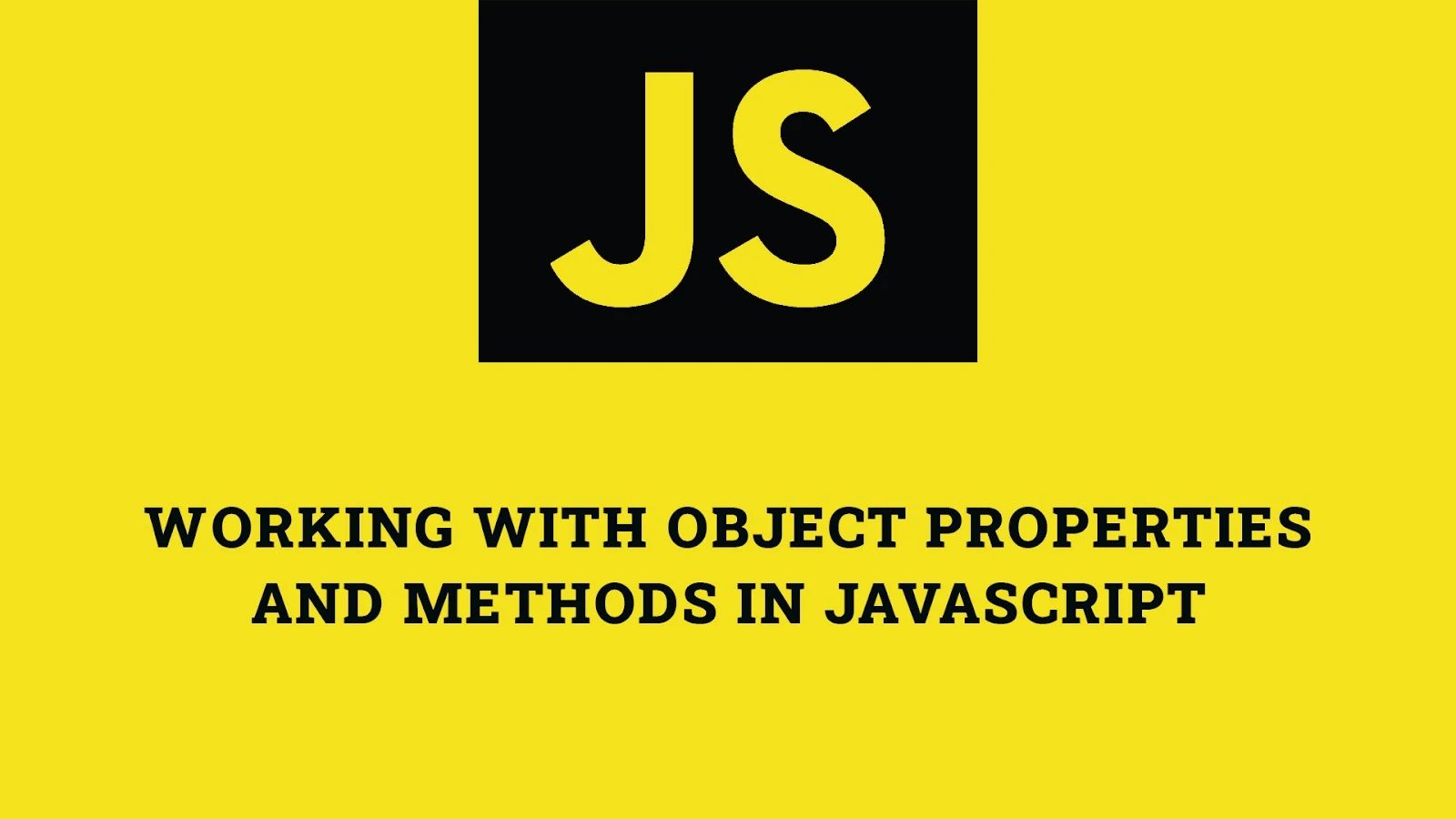Introduction
Objects are a cornerstone of JavaScript, providing a means to store and manipulate complex data structures. Understanding how to create, access, modify, and delete object properties, as well as define and invoke methods, is crucial for effective JavaScript programming. This article delves into these topics with thorough explanations and extensive examples.
Creating and Accessing Object Properties
Object properties in JavaScript are essentially key-value pairs. Properties can be created and accessed using two main approaches: dot notation and bracket notation.
Creating Object Properties
Properties are typically defined within an object literal, but they can also be added dynamically.
const person = {
name: "John",
age: 30
};Accessing Object Properties
Object properties can be accessed using dot notation if the property name is a valid identifier, or bracket notation if the property name includes spaces or special characters.
// Using dot notation
console.log(person.name); // Output: John
// Using bracket notation
console.log(person["age"]); // Output: 30Modifying Object Properties
Properties within an object can be modified after the object has been created. This includes reassigning values to existing properties and adding new properties.
Reassigning Property Values
To modify the value of an existing property, simply reassign it using either dot notation or bracket notation.
person.age = 31;
console.log(person.age); // Output: 31Adding New Properties
New properties can be added to an object dynamically at any time.
person.occupation = "Developer";
console.log(person.occupation); // Output: DeveloperDeleting Object Properties
Properties can be deleted from objects using the delete operator. Once a property is deleted, it is no longer accessible.
Deleting a Property
Use the delete operator followed by the property you wish to remove.
delete person.occupation;
console.log(person.occupation); // Output: undefinedWorking with Object Methods
Object methods are functions that are stored as properties. Methods can operate on data stored within the same object, providing a powerful way to encapsulate functionality.
Defining Object Methods
Methods can be defined within an object literal using function expressions or arrow functions. Note that arrow functions do not have their own this binding.
const person = {
name: "John",
age: 30,
greet: function() {
return `Hello, my name is ${this.name}`;
}
};
console.log(person.greet()); // Output: Hello, my name is JohnUsing the this Keyword
The this keyword refers to the object in which the method is defined, allowing methods to access other properties within the same object.
const person = {
firstName: "John",
lastName: "Doe",
fullName: function() {
return `${this.firstName} ${this.lastName}`;
}
};
console.log(person.fullName()); // Output: John DoeFun Facts and Little-Known Insights
- Fun Fact: JavaScript objects can have properties that are functions, called methods. Methods can use the
thiskeyword to refer to the current object. - Insight: Object destructuring allows you to extract multiple properties from an object into individual variables in a single statement, making your code cleaner and more readable.
- Secret: Using object prototypes, you can add properties and methods to all instances of an object, providing a powerful way to extend and share functionality.
Conclusion
Working with object properties and methods is essential for any JavaScript developer. By mastering the creation, modification, deletion, and invocation of object properties and methods, you can write more robust and maintainable code. These techniques are crucial for building complex applications and harnessing the full power of JavaScript.
 Reviewed by Curious Explorer
on
Saturday, November 30, 2024
Rating:
Reviewed by Curious Explorer
on
Saturday, November 30, 2024
Rating:




No comments: